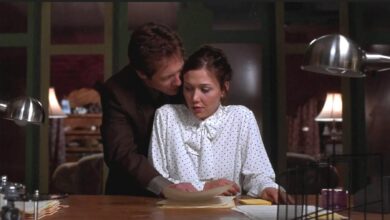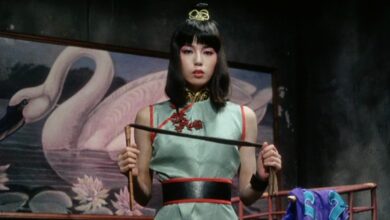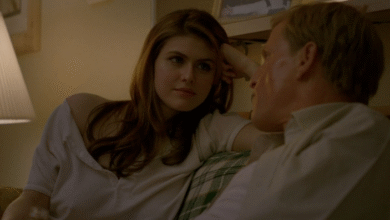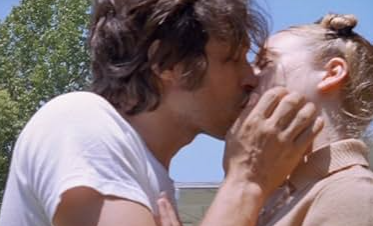
Vincent Gallo’s The Brown Bunny is a film that lingers like a fading memory—quiet, heavy, and strangely intimate. It’s the kind of movie that doesn’t chase your attention with action or flashy visuals, but rather pulls you into the quiet ache of a soul in exile.
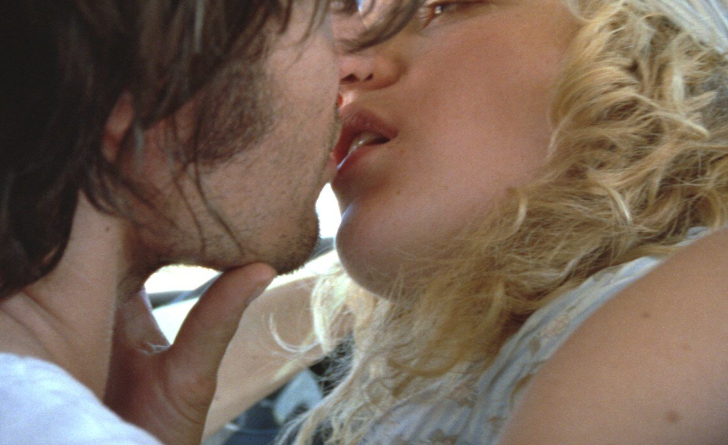
The story follows Bud Clay, a solitary motorcycle racer drifting across the American landscape after a race. As he drives from one empty motel to another, his journey becomes less about the destination and more about the emotional terrain he’s crossing—loneliness, remorse, and a desperate yearning for connection.
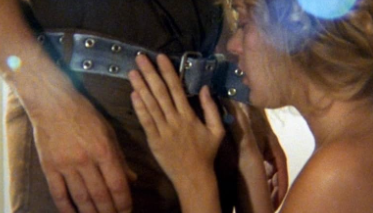
Gallo, who directs, writes, and stars in the film, creates an atmosphere that feels almost suffocating in its stillness. There’s very little dialogue. Much of the film unfolds in silence, with long, lingering shots of highways, rest stops, and Bud’s haunted face. And yet, in that silence lies a powerful truth: sometimes, pain doesn’t speak—it just stays.
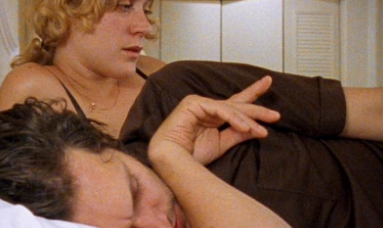
Though heavily criticized upon release, especially at the Cannes Film Festival, The Brown Bunny has since found defenders who see it for what it is: a bold, minimalist meditation on loss. It’s not easy to watch. Some scenes are deliberately slow, and others push the boundaries of emotional exposure. But at its heart, this is a story about a man confronting the shadow of a love he couldn’t hold onto—and the guilt that never left him.

The film’s final moments hit like a quiet storm. They don’t offer answers or redemption, but they crack open the emotional core of the story with unexpected tenderness. It’s in that final encounter that the full weight of Bud’s silence is finally understood.



